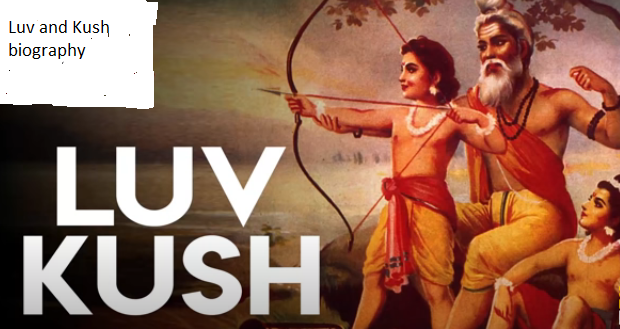Luva and Kusha's biography
Luva and Kusha, also spelled Luv and Kush, are significant characters in the ancient Indian epic, the Ramayana. They are the twin sons of Lord Rama and his wife Sita. The story of Luva and Kusha is an essential part of the Ramayana, depicting the challenges faced by their mother Sita and their eventual reunion with their father Rama.
Birth and Early Life of Luva and Kusha:
After Lord Rama and Sita returned to Ayodhya following their victory over the demon king Ravana, Sita was pregnant. To dispel doubts about her chastity that some of Rama's subjects harbored, she sought refuge in the ashram of the sage Valmiki. There, she gave birth to twin sons, Luva and Kusha. Valmiki raised the boys in his ashram, providing them with education and teaching them the arts, scriptures, and the art of archery.
Singing the Ramayana by Luva and Kusha:
Luva and Kusha grew up to be skilled warriors and talented poets. Unbeknownst to them, they were the sons of Lord Rama. Valmiki taught them the epic story of the Ramayana. Luva and Kusha became accomplished singers and were known for their melodious voices and poetic recitations.
Reunion with Lord Rama:
During a royal sacrifice conducted by Lord Rama, Luva and Kusha were invited to sing the Ramayana. As they sang the epic, Rama recognized the story as his own and realized that Luva and Kusha were his sons. Overwhelmed with emotions, Rama revealed their true identity and was reunited with Sita and his sons.
Luva and Kusha's Legacy:
Luva and Kusha's story symbolizes the complexity of human relationships and the challenges faced by individuals caught in the midst of divine conflicts. Their loyalty to their mother and their eventual reunion with Lord Rama highlight themes of love, duty, and destiny in the context of the Ramayana.
The tale of Luva and Kusha continues to be a vital part of Indian mythology, illustrating the enduring power of familial bonds and the ultimate triumph of truth and righteousness.
